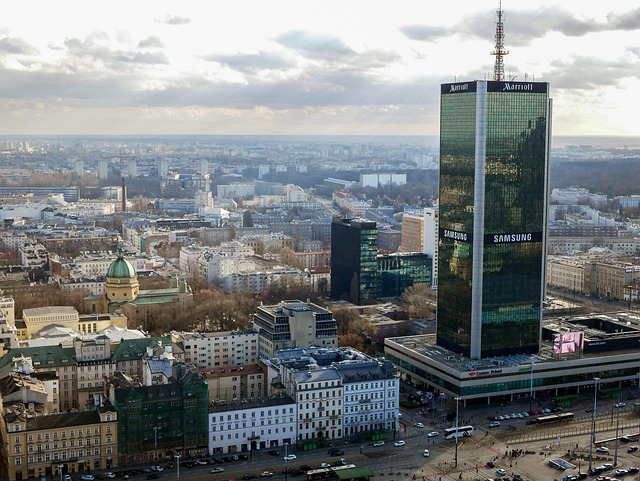The recent escalation in U.S. trade tariffs has placed both Samsung Electronics and Vietnam’s economy in a precarious position, as the proposed increases in tariffs are set to have significant ripple effects on the global manufacturing landscape. A proposed 46% tariff on Vietnamese imports, currently suspended at 10% for a 90-day period, threatens to disrupt Samsung’s manufacturing operations in the country, where it produces a substantial portion of its global smartphone output.
Samsung’s reliance on Vietnam for the production of about 60% of its smartphones highlights the vulnerability of its operations in the face of changing trade policies. The company’s primary export market for these products is the United States, and any increase in tariffs could make its devices more expensive for U.S. consumers, potentially reducing their competitiveness. Samsung, which has invested heavily in its Vietnamese manufacturing plants, is now under pressure to explore alternative production sites in response to these tariff threats. India and South Korea are among the countries being considered for future production expansions, but shifting production lines is no simple task. The process of relocating manufacturing facilities is complex, expensive, and time-consuming, requiring careful consideration of logistical challenges and long-term investments.
For Vietnam, the situation is equally critical. As a major hub for electronics manufacturing, the country has benefited immensely from its competitive labor costs and proximity to global markets. However, with rising labor costs, energy shortages, and the looming threat of higher tariffs, Vietnam’s appeal as a destination for foreign investment is beginning to erode. Companies are now weighing their options more carefully, and some may begin to reconsider the advantages of operating in the country. This could have broader implications for Vietnam’s economic growth and its ability to maintain its position as a vital player in global supply chains.
In an effort to mitigate the impact of these tariffs, the Vietnamese government is actively engaged in negotiations with the United States to find a balance in the trade relationship. Strategies include increasing imports from the U.S. and offering concessions that could help address the growing trade imbalance. Vietnam’s officials are keen to protect their economy, which depends heavily on manufacturing and exports, and they hope to reach a resolution that will minimize the long-term economic damage.
The developments serve as a stark reminder of the complexities of global trade and the interconnectedness of supply chains in the modern economy. As Samsung and Vietnam adapt to the evolving trade landscape, they are faced with difficult decisions that could have far-reaching consequences for both their domestic markets and their global business operations. For the time being, both Samsung and Vietnam are monitoring the situation closely, preparing for potential disruptions while exploring ways to ensure their continued competitiveness on the world stage.
